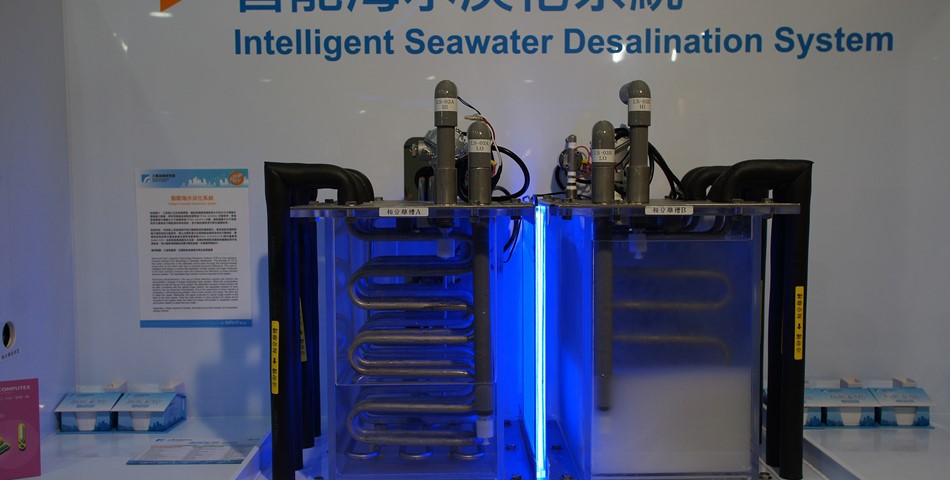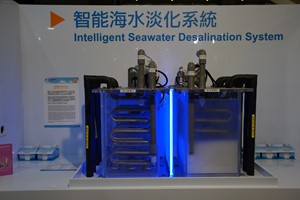A groundbreaking advancement in membrane-based technology, known as forward osmosis (FO), has emerged due to its low energy consumption and minimal susceptibility to membrane fouling. However, widespread adoption of FO is hindered by the scarcity of high-performance FO membranes.
The ideal high-performance FO membrane should exhibit robust antifouling properties, consistent chemical characteristics, low structural parameter (S value), high water permeability, and low salt permeability. Among the emerging options, nanofiber-supported FO membranes have gained popularity.
Thin-film composite (TFC) FO membranes, comprising porous substrates and ultra-thin polyamide (PA) selective layers, offer exceptional permeability and selectivity. However, a key challenge lies in minimizing the overall S value of FO membranes and balancing the trade-off between water permeability and solute selectivity.
Polyvinylidene fluoride (PVDF), prized for its durable mechanical qualities and stable chemical properties, is frequently employed in membrane fabrication for water treatment. Yet, creating a durable and defect-free PA separation layer using interfacial polymerization (IP) on an electro-spun nanofibrous substrate (PVDF) with wide open surface pores remains a challenge.
Addressing these issues, Prof. Miao Tian and Dr. Tao Mao from Northwestern Polytechnical University, along with their research team, developed a dual-layer PVDF nanofiber-supported TFC FO membrane. Their efforts aimed to mitigate membrane fouling and resolve the internal concentration polarization (ICP) phenomenon in FO.
Their study, published online in Frontiers of Environmental Science & Engineering in 2022, offers a theoretical framework for designing high-water flux and anti-pollution TFC FO membranes for practical wastewater treatment. The researchers also provided insights into foulant behavior on membrane surfaces.
In their study, they successfully electrospun a tier-structured PVDF nanofiber substrate with an ultrathin (~1 µm) fine fiber interlayer on top (average fiber diameter 40–60 nm). The nanofibrous substrate, with diverse physicochemical properties, underwent IP to form a PA-selective layer.
The performance of the resulting FO membrane was evaluated using advanced microscopy techniques, such as FESEM and AFM, in relation to the electro-spun nanofiber interlayer and drying time. Model foulants were used to assess separation performance, demonstrating increased water flux without compromising selectivity.
Overall, the dual-layer nanofibrous TFC FO membrane exhibited superior performance compared to single-layer counterparts, showcasing enhanced durability and antifouling properties. The study underscores the significance of the interlayer in improving membrane performance and longevity in real-world applications, particularly in wastewater treatment.










